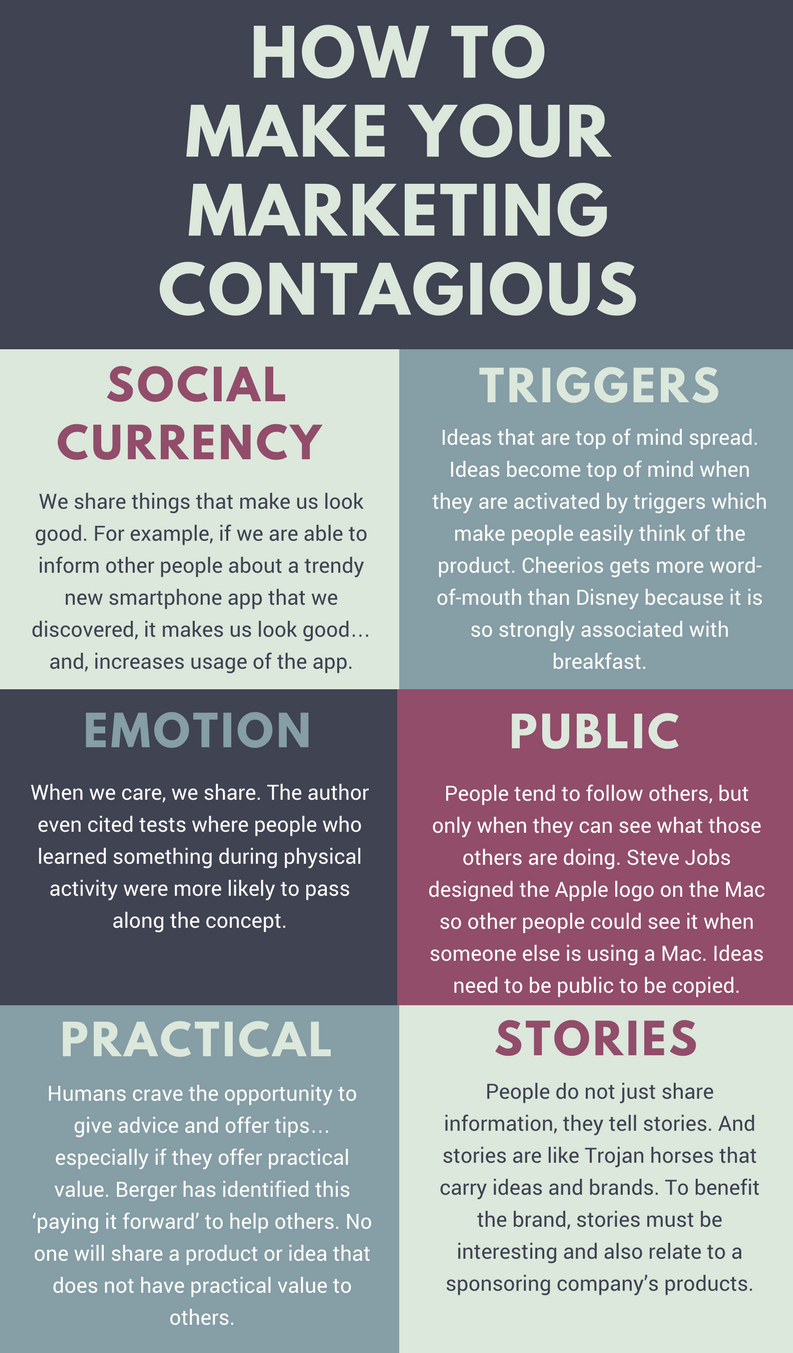Media relations as it encompasses traditional and digital placements, social media, influencers, events, etc is the top of a sales funnel that leads to profits. Simply put, it’s the power behind the: visibility plus credibility equals profitability.
Here are five considerations on how a PR agency will help you reach your 2017 goals.
1. Knowledge, Experience & Time
Your business has at least one of the following objectives – if not both – to increase revenue and to mitigate risk. Both are critical to the success and future welfare of you, your team and the organization. Critical success factors should not be passed to an intern, the front office secretary, or anyone that is not fully trained, has impressive experience and the appropriate time to carry out the function.
Even if your company is at a size that it could hire a PR professional internally, how much of that employee’s time is going to be taken up by internal meeting and bureaucracy? You need PR focus and often that comes from outside of your core team, so you can focus on what you’re core product/service is.
2. Perspective and Objectivity
Having an external PR Agency (i.e. not owned by you and without any direct or staff augmented employees) will bring new ideas and a fresh approach to each campaign.
If you were a graphic designer, would you rather work internally for a Pizza company, designing pizza menus, flyers & marketing exclusively for one pizza company – or would you rather work for a design agency that provides design services to several companies? Well, apart from the obvious free pizza, I think you would want some variety and thus learn over different accounts, expand your contacts, knowledge and experience and bring fresh perspectives to each campaign you work on.
It’s the same from a PR agency. By working over multiple accounts, and viewing the client from an external perspective, the whole client/agency team can be more effective and efficient.
3. Contacts Cubed
The media relations world is all about, well, relations. It’s a people business. It’s all about the connections and relationships. Sure, anyone can find the contact details of someone in the media, but we need more than that - we need to know the individual, what they write about, what excites them and what they’re working on.
Unless your company is significantly large, you won’t be able to justify more than one full time internal PR professional. If that’s the case, there is just no way – however pleasant that person it – that they can know and get on with every media professional. With an agency, you’ll have several people, all of whom have different media relationships you can utilize.
4. Priorities & Speed
A PR agency’s priority can be set very specifically, but is probably going to maximize positive media coverage and minimize negative coverage. If you work internally and must carry out a media relations function as well as other duties, then you will get torn in different directions as well as suffer from internal politics.
In addition, media relations is a speed game. The effective PR agency is on point and can react to a news story to capture attention, and respond to a media professionals request because they are looking for it, can prioritize it and can react without any other priority getting in the way.
5. Let’s Launch Something New
When you have a new product or service to launch, everyone involved in your company can expect to work harder than normal. Resources are going to be spread thin, and you need a team that have the time/resources and can stay focused at the task in hand.
So, should you hire a PR Agency?
A great PR agency becomes an extension of your internal team, working in conjunction with the rest of your company and pulls together the inputs of several stakeholders to create a unified PR plan that considers traditional and digital media relations, social media, influencers, events, etc. Most importantly, a great PR partner can assist the organization to meet its business goals and objectives.
Professionals just make sense - you leave surgery to a doctor and taxes to an accountant. If you are serious about media relations you should seriously consider investing in a top PR agency to be your communications partner.
![Social Media – the Small Business Owner’s Checklist [Infographic]](https://images.squarespace-cdn.com/content/v1/5445c892e4b0e284a8f9cda2/1527282531374-4NGMPWWD4BQYS47QWGQ0/social-media-presentation-tips.jpg)





